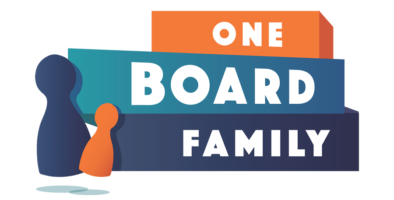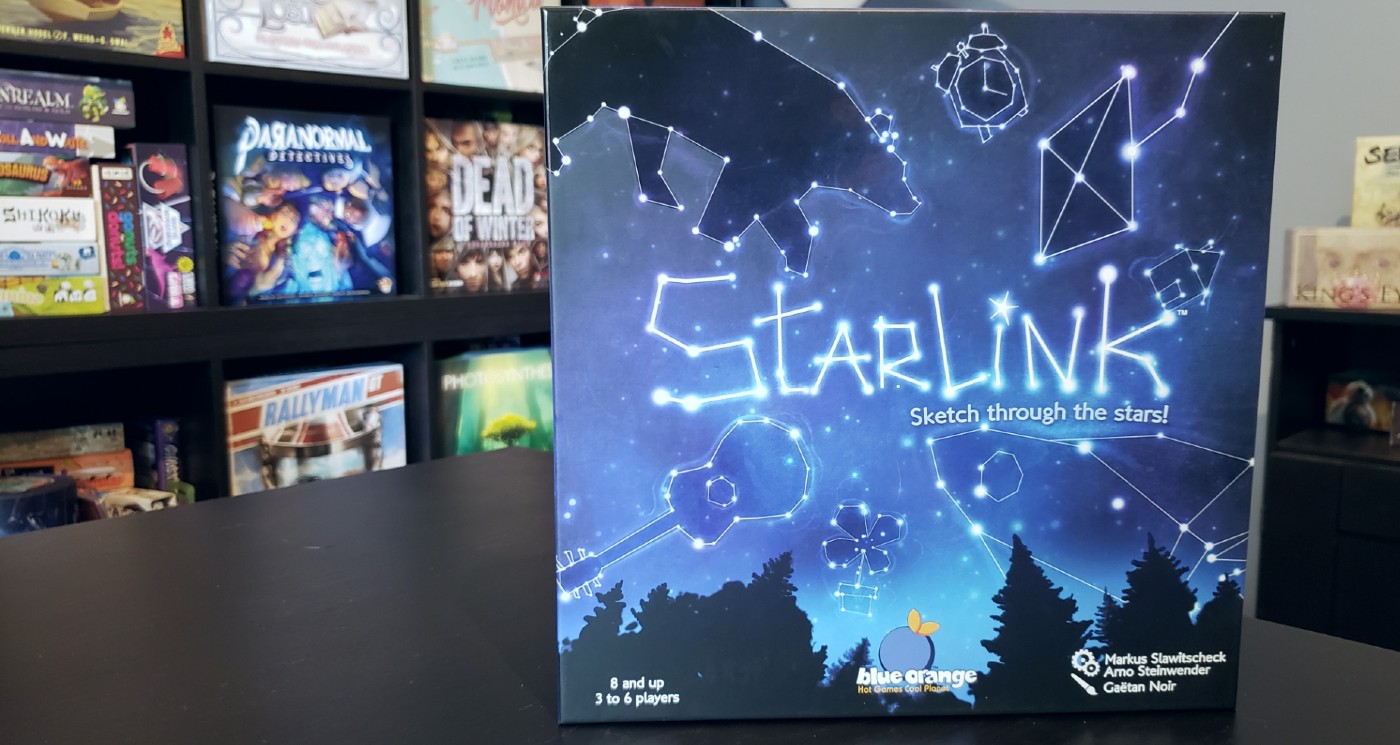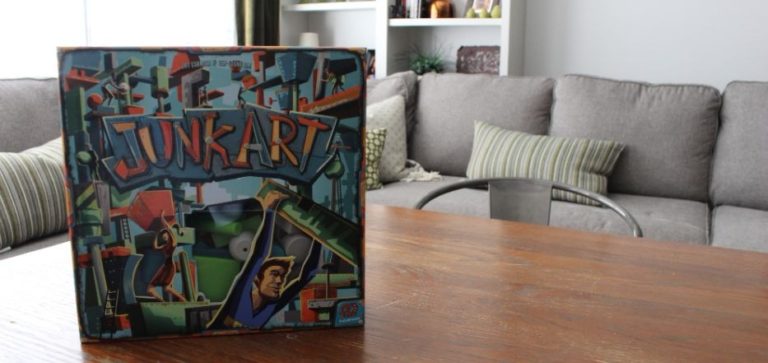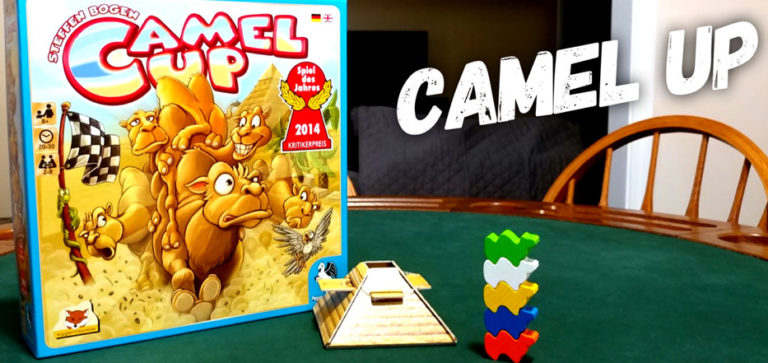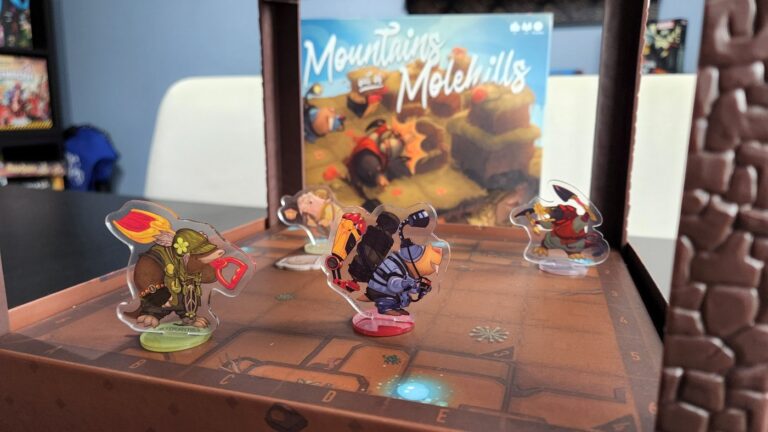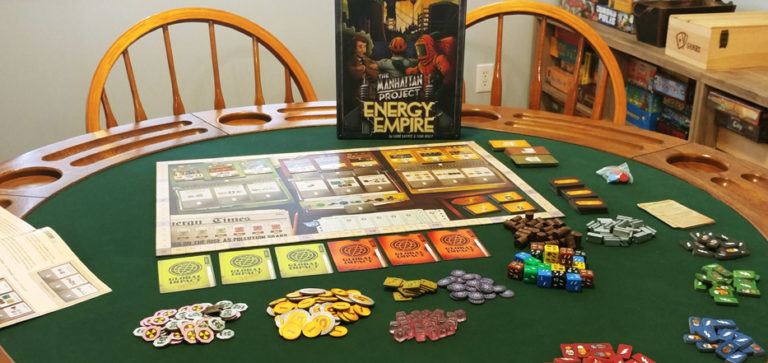The night sky is a thing of beauty. Millions of bright points of light spreading across the darkness of space. In Starlink from Blue Orange Games, players are connecting those points of light to draw an image as other players guess what they are drawing. So did this game connect all the dots for our family?
A Unique Landscape
Drawing games are all over the place and have been for decades. I’ve played dozens of different drawing games that all had a different spin. I remember playing Pictionary as a young kid and realizing that some people are just bad at this style of game. In Starlink, the drawing requirements are a little more strict than the typical drawing game. The drawings have to contain straight lines from star to star on the large circular dry erase game board. Hundreds of stars both big and small give you lots of options when connecting the dots.
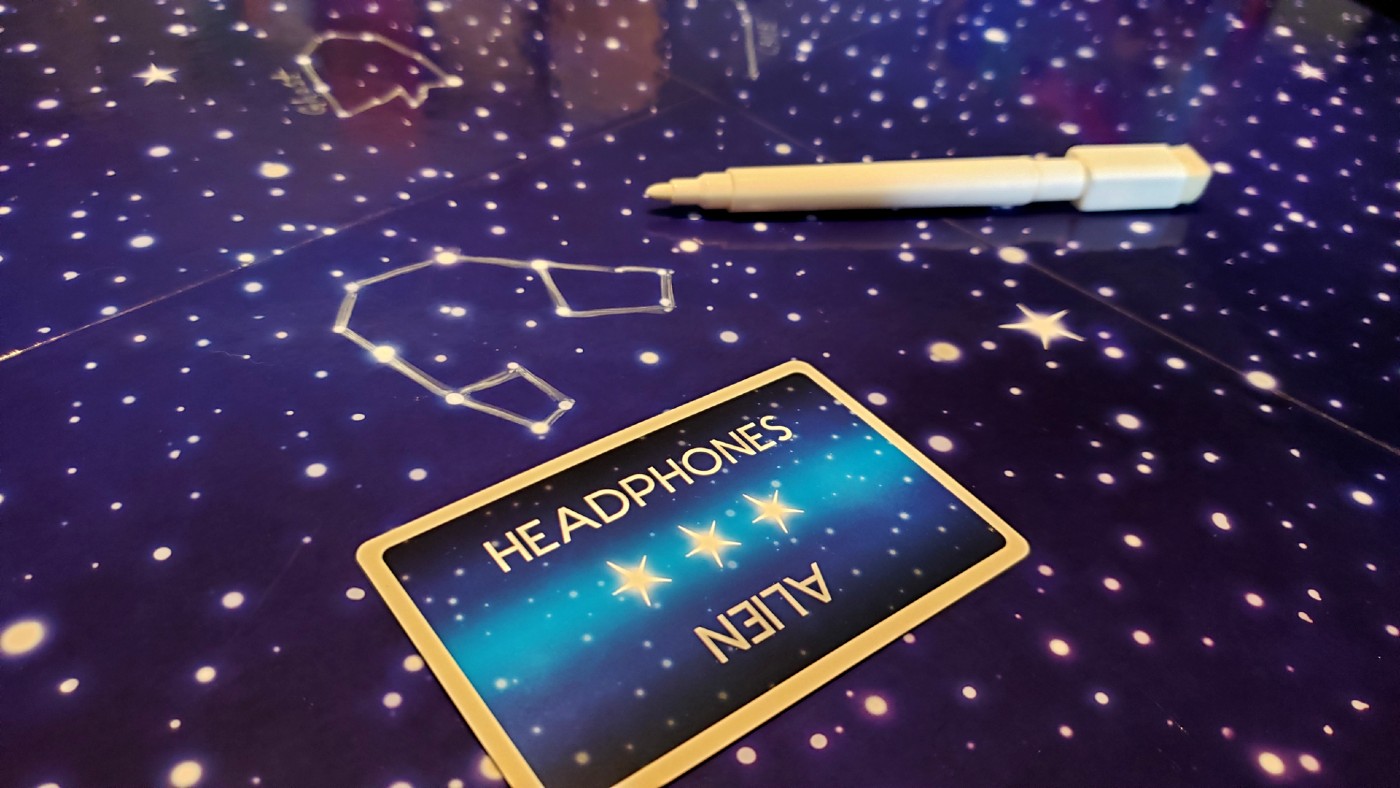
When you are the active player, you draw a card that gives you two drawing prompts worth 2 or 3 stars. These stars are the victory points players receive in the game. Usually the two drawing prompts are different enough that players can feel confident picking one to draw. Some cards seem slightly more difficult but that’s why they are often worth 3 stars.
Once the sand timer is flipped, the active player begins drawing. Everyone else at the table can guess by grabbing the sand timer and guessing what is being drawn. This mechanic of grabbing the sand timer works great because it keeps players from just yelling answers (most of the time).
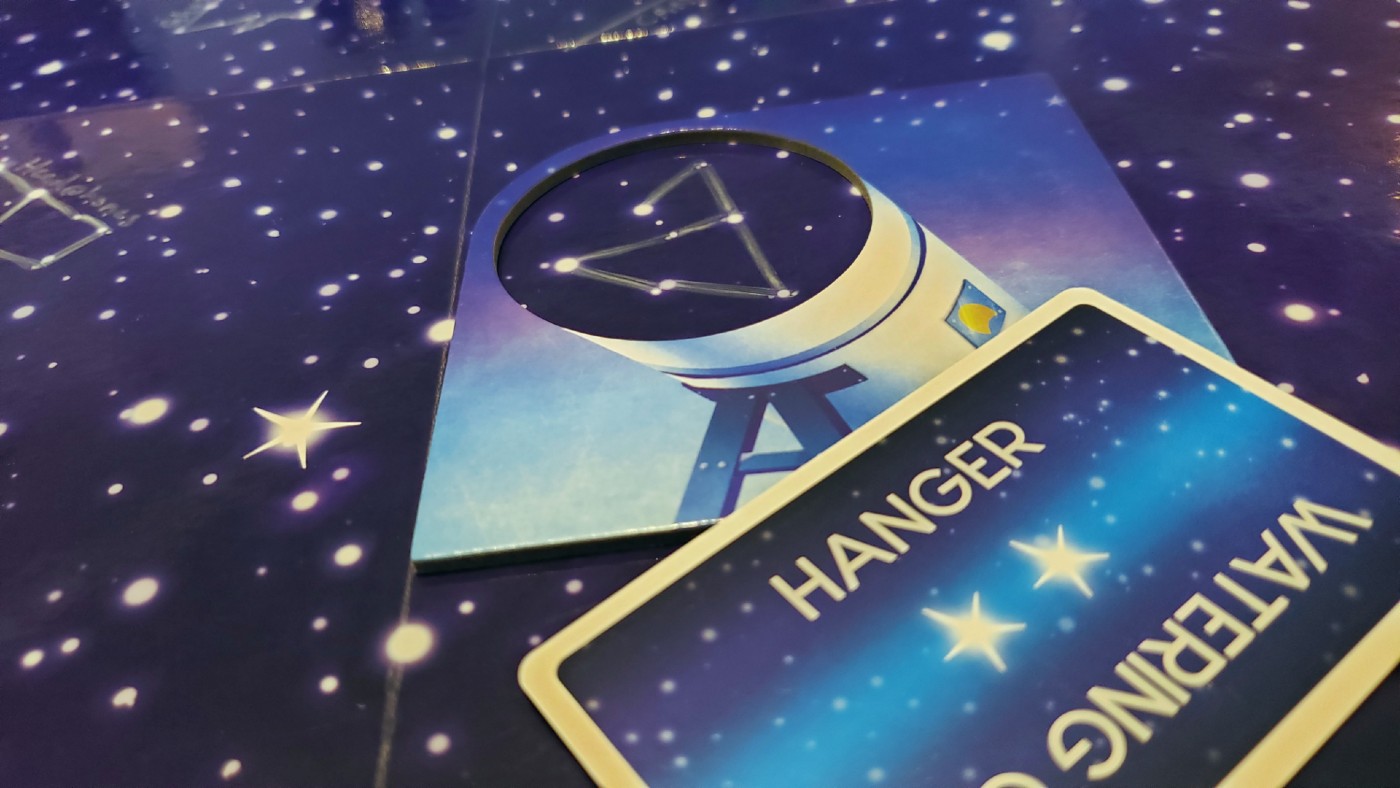
If a player guesses the correct object being drawn, then the active player and the guesser get a number of cards equal to the number of stars on the card. Starlink includes a cardboard telescope with a circle that is about 2 inches round. If your drawing fits inside that circle, both the active player and guesser get an extra point.
The game ends once everyone has been the active player (illustrator) twice. The player with the most star cards wins the game.
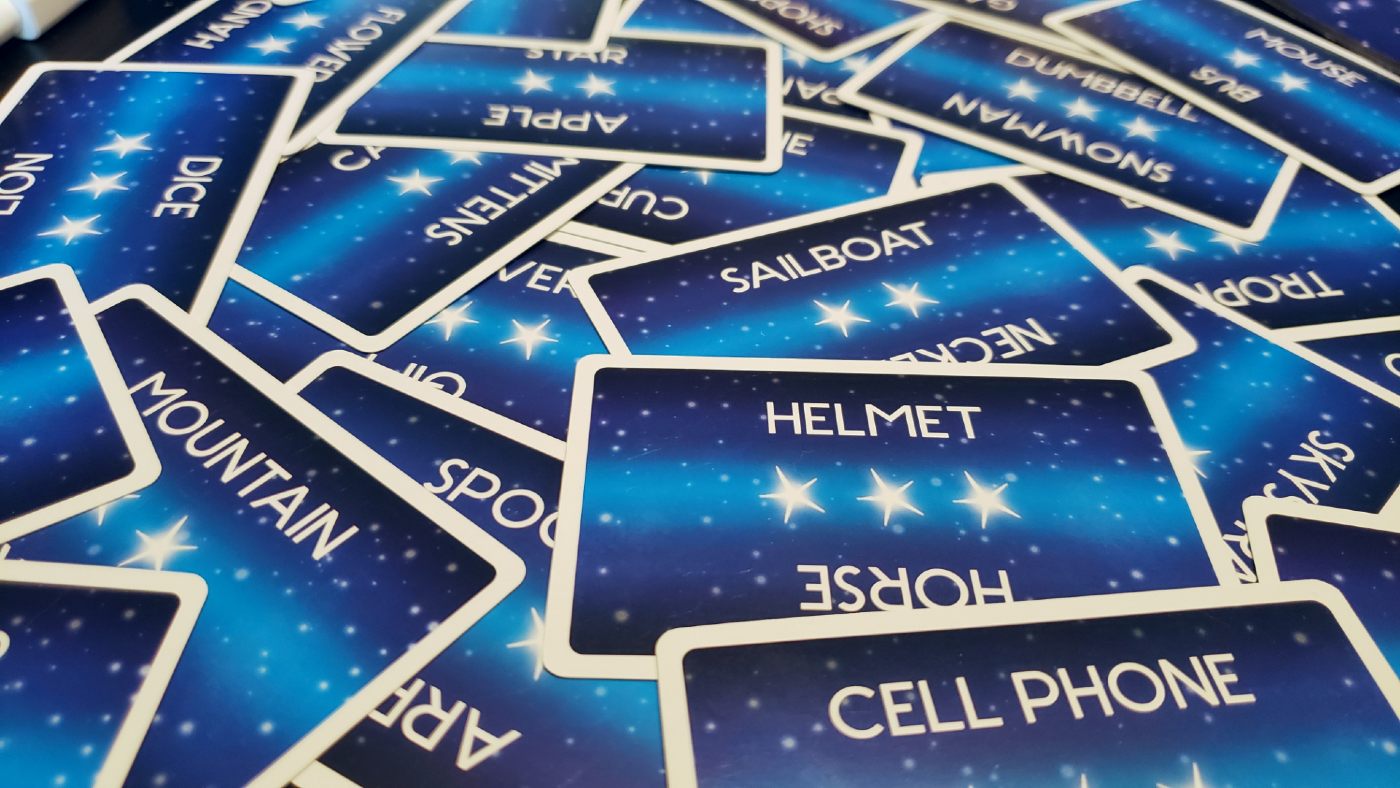
The Night Sky is a Mixed Bag
Starlink does a couple cool things that I really dig. The requirement of drawing straight lines from star to star is really cool. With all the straight lines, simple images become a little more obscure. It also requires the illustrator to really think through how to communicate the image well.
I’ve seen a lot of the cards and they are all items that kids and adults will know. The age on Starlink of 8+ seems pretty accurate. Starlink has a really fun theme and Blue Orange Games did a great job making everything connect to this star theme.
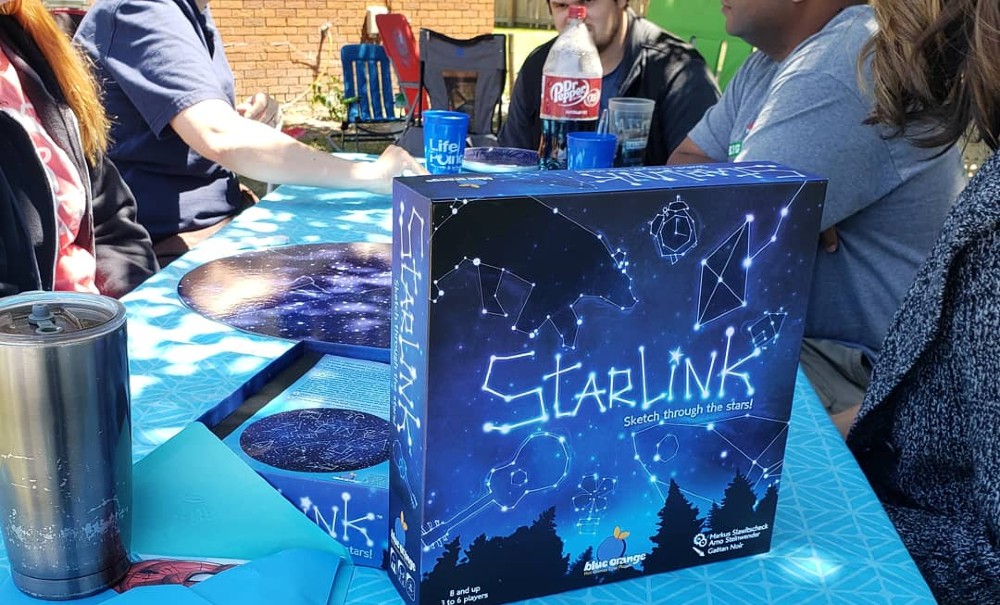
So this is the part of the review where I tell you why I struggle to recommend this game. A big part of the game is drawing under the pressure of the sand timer while following the drawing constraints set by the game. This is precisely why my wife Erin sits out every time I suggest playing. The timer looms over the active player taunting them as they try to create something other players can make out.
Logically you could just leave out the timer, but this is part of the edge of Starlink. If I have an unlimited amount of time to draw a monkey or dragonfly, then the game loses some of what makes the job of the illustrator so tough.
The player who is drawing usually tries to illustrate small to get the telescope bonus while making the image large enough for players to see. I actually enjoy this tension but it’s also the reason other players pass on future plays of the game.

Starlink has a great table presence and draws (pun intended) people into the gameplay. But how long does this last in reality? After about 6 plays of the game, I’ve run into two major issues.
The game comes with 100 star cards, and somehow in half of our games we’ve pulled half a dozen of the same cards. As many times as we’ve shuffled it feels like we see the same cards way too often.
The second major issue is the fact that the dry erase markers that come with the game are usually terrible. This is particularly an issue with Starlink because the game has to have white dry erase markers to work. After 6 games, one of the two markers was struggling, and that is not good. The dry erase markers in your copy may hold up better, but either way, you probably need to be ready to locate white dry erase markers as a long-term solution.
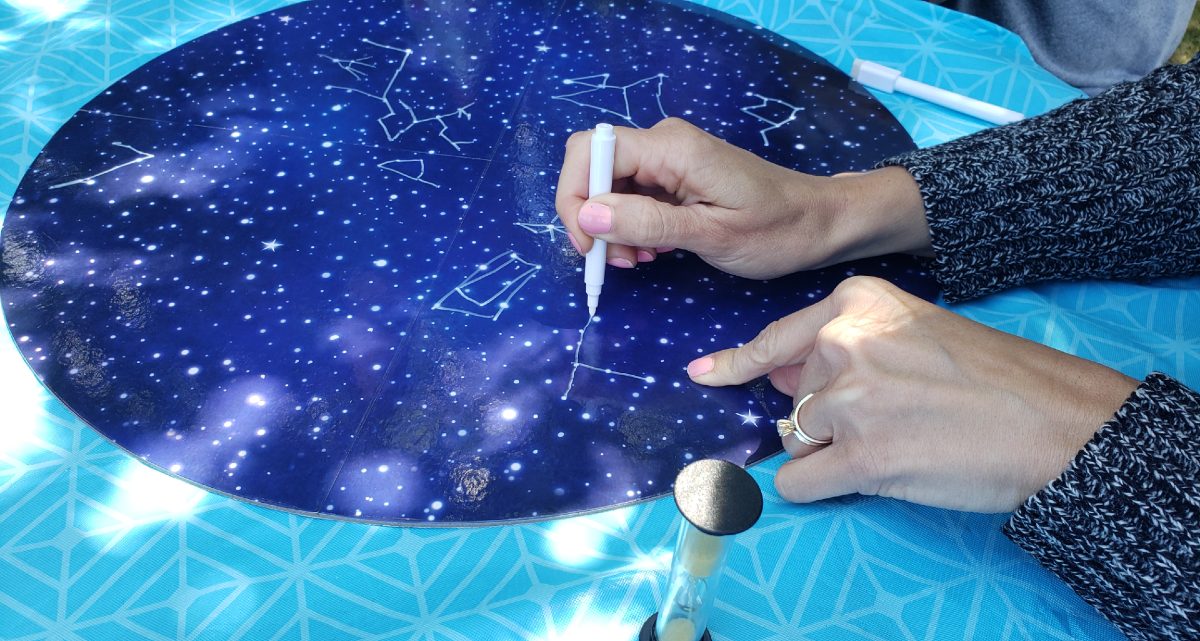
Final Thoughts
This was a tough review to write because I honestly really like Starlink. It definitely isn’t the best drawing game on the market, but it does have a great theme.
It’s tough to recommend this game for anyone who struggles with timed games or drawing under pressure. Starlink is for a very particular audience. I’m a part of that audience. But, there have been a handful of people who haven’t enjoyed this game in the same way I have.
If you’re looking for a drawing game for the whole family, there are plenty of other options. If you’re a fan of star themed games and want something novel for your family game shelf, grab a copy of Starlink (and a couple white dry erase markers).
You can purchase a copy of Starlink at your local game store or online through Amazon today.
Blue Orange Games provided us with a retail copy of Starlink for this review. This has in no way influenced our opinion of the game.
Highs
- Great theme that is felt throughout
- Drawing constraints bring tension to the game
- Has really great table presence
Lows
- Not for players who cannot draw under pressure
- Cards can feel repetitive after a handful of plays
- Prepare to locate replacement white dry erase pens
